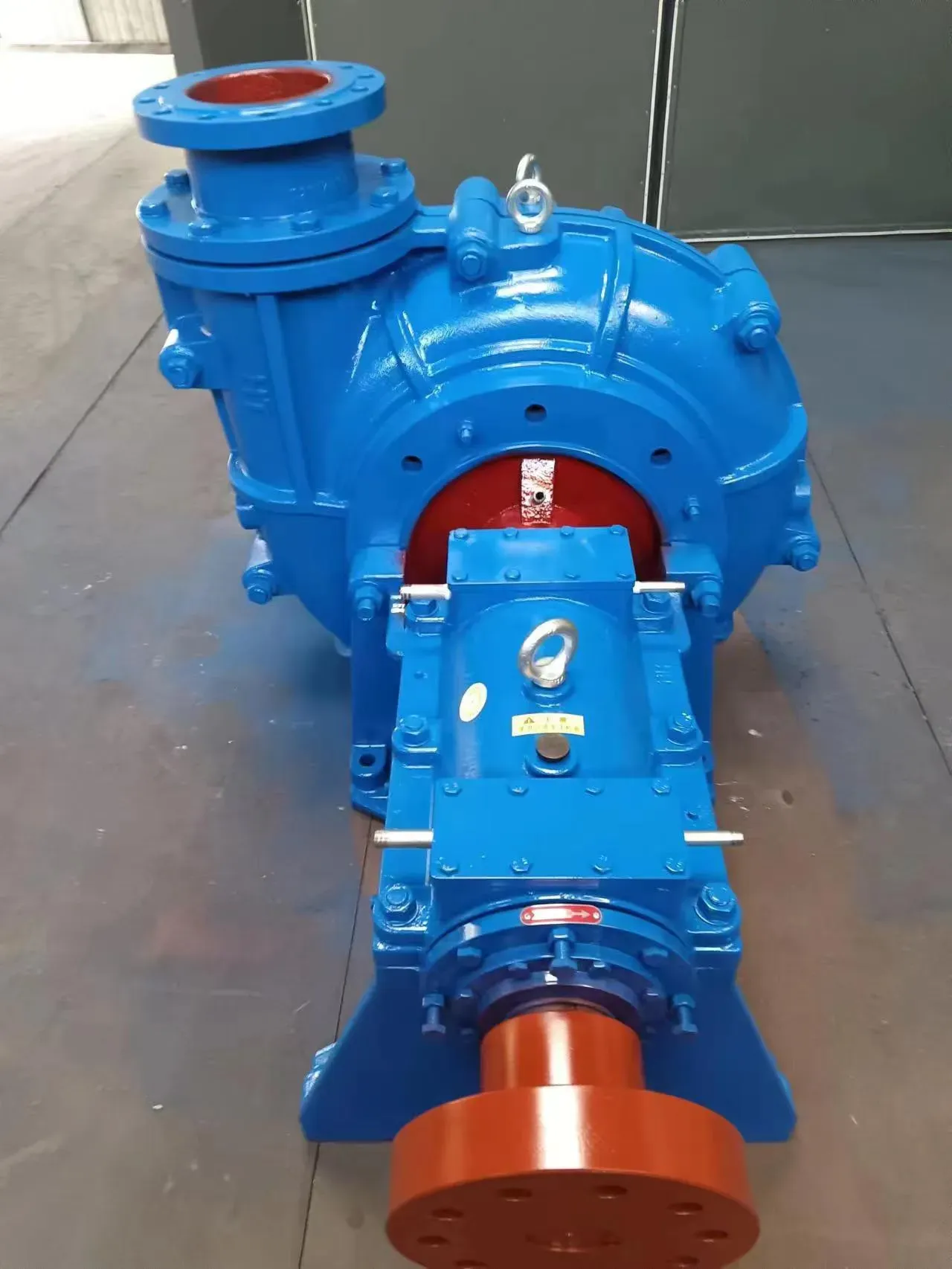English
- Afrikaans
- Albanian
- Amharic
- Arabic
- Armenian
- Azerbaijani
- Basque
- Belarusian
- Bengali
- Bosnian
- Bulgarian
- Catalan
- Cebuano
- Corsican
- Croatian
- Czech
- Danish
- Dutch
- English
- Esperanto
- Estonian
- Finnish
- French
- Frisian
- Galician
- Georgian
- German
- Greek
- Gujarati
- Haitian Creole
- hausa
- hawaiian
- Hebrew
- Hindi
- Miao
- Hungarian
- Icelandic
- igbo
- Indonesian
- irish
- Italian
- Japanese
- Javanese
- Kannada
- kazakh
- Khmer
- Rwandese
- Korean
- Kurdish
- Kyrgyz
- Lao
- Latin
- Latvian
- Lithuanian
- Luxembourgish
- Macedonian
- Malgashi
- Malay
- Malayalam
- Maltese
- Maori
- Marathi
- Mongolian
- Myanmar
- Nepali
- Norwegian
- Norwegian
- Occitan
- Pashto
- Persian
- Polish
- Portuguese
- Punjabi
- Romanian
- Russian
- Samoan
- Scottish Gaelic
- Serbian
- Sesotho
- Shona
- Sindhi
- Sinhala
- Slovak
- Slovenian
- Somali
- Spanish
- Sundanese
- Swahili
- Swedish
- Tagalog
- Tajik
- Tamil
- Tatar
- Telugu
- Thai
- Turkish
- Turkmen
- Ukrainian
- Urdu
- Uighur
- Uzbek
- Vietnamese
- Welsh
- Bantu
- Yiddish
- Yoruba
- Zulu
Telephone: +86 13120555503
Email: frank@cypump.com
Oct . 03, 2024 19:51 Back to list
slurry pump power calculation
Slurry Pump Power Calculation An Overview
Slurry pumps are essential components in various industries, particularly in mining, mineral processing, and wastewater treatment, where they are used to transport mixtures of liquids and solids. The efficiency and effectiveness of a slurry pump largely depend on accurate power calculations. Understanding how to calculate the power requirements for a slurry pump is crucial for optimizing performance and ensuring operational success.
The Basics of Slurry Pump Operation
Slurry pumps are designed to handle abrasive and viscous materials, which makes their operation significantly different from standard water pumps. The slurry's density, viscosity, and particle size all play vital roles in determining the pumping power required. In general, a slurry pump must overcome not only the friction losses within the pump and piping system but also the gravitational forces acting on the slurry.
Key Parameters for Power Calculation
To calculate the power required for a slurry pump, several key parameters must be considered
1. Flow Rate (Q) This is the volume of slurry that needs to be pumped, typically measured in gallons per minute (GPM) or cubic meters per hour (m³/h).
2. Head (H) This refers to the height that the slurry must be lifted. It is measured in feet or meters and encompasses both static and dynamic head losses.
3. Density (ρ) The density of the slurry, which can vary greatly depending on the solid content and the type of liquid, usually measured in grams per cubic centimeter (g/cm³) or kilograms per cubic meter (kg/m³).
slurry pump power calculation

4. Viscosity (µ) The viscosity affects how easily the slurry flows and, therefore, the energy required to move it. It's measured in Pascal-seconds (Pa·s) or centipoise (cP).
5. Pump Efficiency (η) This is a measure of how effectively the pump converts the input power into hydraulic power, typically expressed as a percentage.
Power Calculation Formula
The power (P) required to operate a slurry pump can be calculated using the following formula
\[ P = \frac{Q \times H \times \rho \times g}{\eta} \]
Where - \(P\) is the power in watts (W) - \(Q\) is the flow rate in cubic meters per second (m³/s) - \(H\) is the total head in meters (m) - \(\rho\) is the density of the slurry in kg/m³ - \(g\) is the acceleration due to gravity (approximately 9.81 m/s²) - \(\eta\) is the pump efficiency (expressed as a decimal)
Practical Considerations
In practice, it is essential to factor in safety margins and the potential for variations in slurry composition, which can impact viscosity and density. Accurate measurements and adjustments will help in avoiding pump cavitation and excessive wear and tear on pump components.
In conclusion, slurry pump power calculation is a complex process that requires careful consideration of several factors. By understanding the intricacies involved and using the appropriate formulas, industry professionals can enhance their pump selection process, improve operational efficiency, and ultimately save costs in their pumping operations. Properly calculated power requirements lead to better performance and longevity for slurry pumps in challenging operational environments.
-
ISG Series Vertical Pipeline Pump - Chi Yuan Pumps Co., LTD.|Advanced Hydraulic Design&Energy-Efficient Solutions
NewsJul.30,2025
-
ISG Series Vertical Pipeline Pump - Chi Yuan Pumps Co., LTD.
NewsJul.30,2025
-
ISG Series Vertical Pipeline Pump - Chi Yuan Pumps Co., LTD.|energy-efficient fluid handling&industrial durability
NewsJul.30,2025
-
ISG Series Vertical Pipeline Pump - Chi Yuan Pumps | Advanced Engineering&Industrial Efficiency
NewsJul.30,2025
-
ISG Series Pipeline Pump - Chi Yuan Pumps | High Efficiency, Energy Saving
NewsJul.30,2025
-
ISG Series Vertical Pipeline Pump-Chi Yuan Pumps|High Efficiency&Reliable Performance
NewsJul.29,2025










